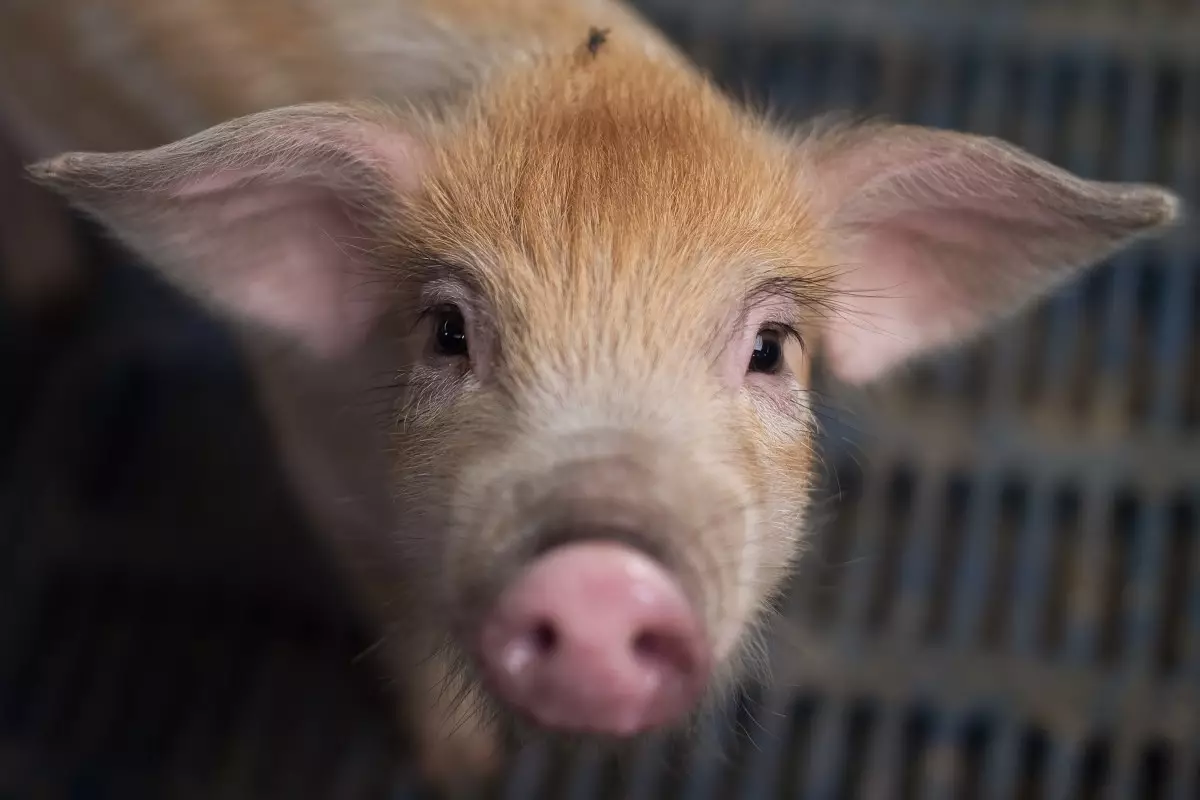The advent of artificial intelligence (AI) has brought about a revolutionary change in various fields, and now, it seems poised to alter our understanding of animal welfare. Researchers are venturing into the uncharted territory of deciphering animal emotions through advanced AI systems. The implications are vast, spanning from improving farming practices to enhancing pet care. This article delves into the innovative initiatives underway and their potential impact on the lives of animals and humans alike.
One noteworthy project is the Intellipig system, which is being developed by a collaborative team from the University of the West of England Bristol and Scotland’s Rural College. This groundbreaking technology analyzes the facial expressions of pigs to detect signs of pain, illness, or distress. By aiding farmers in recognizing these emotional indicators, Intellipig promises to create a more humane farming environment. This not only benefits the animals but could also lead to better overall productivity and sustainability within agricultural practices.
Interestingly, research isn’t limited to livestock alone. At the University of Haifa, a different angle of AI application is explored, focusing on our domestic companions—dogs. The existing facial recognition software, initially designed to locate missing pets, is now being adapted for understanding canine emotional states. Given that dogs share a notable percentage of facial movements with humans, the potential for accurate interpretation of their feelings is substantial. By harnessing AI in this manner, owners can be better equipped to respond to their pets’ needs effectively, enhancing the bond between them.
Innovative research conducted by a team at the University of São Paulo offers an exciting perspective. By utilizing a data-driven approach, researchers trained AI to analyze horses’ facial expressions before and after surgical procedures and pain relief treatments. Focusing on key facial features such as the eyes, ears, and mouth, the AI demonstrated remarkable autonomy in identifying pain indicators, achieving an 88% success rate. This study illustrates the potential for AI to surpass traditional methods, where human observers’ interpretations can sometimes be biased or limited.
As these technologies develop, ethical considerations around privacy, animal welfare, and data integrity emerge. Continuous reliance on human input for initial behavior categorization raises questions about subjective interpretations and misdiagnoses. Nevertheless, the promise of creating systems that can independently recognize emotional states suggests a transformative shift in how we perceive animal suffering and well-being.
The application of artificial intelligence in understanding animal emotions could play a pivotal role in enhancing animal welfare across various domains. As researchers continue to refine these technologies, the potential for AI to revolutionize our interaction with animals grows, ensuring that their emotional needs are recognized and met in an increasingly empathetic world. With ongoing collaboration and innovative thinking, the future looks brighter for our animal companions.

